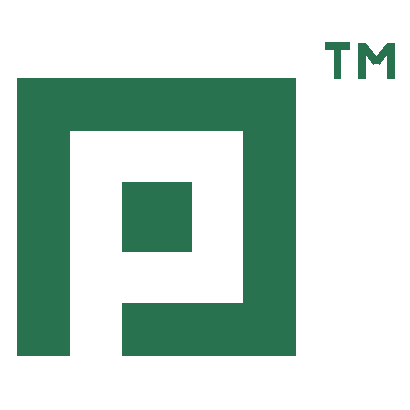The Internet of Things is a revolutionary leap in business transformation, since the very concept of the industrial Internet can be applied to any part of the offline world from copy machines to drilling rigs.
The term “Internet of Things” has already ceased to be just a buzzword in the technology industry and occupies an increasingly stable position every day in business development plans of any size - from small businesses to industrial “monsters”.
More and more companies realize that for dynamic development the introduction of information technologies is no longer an “eco-exotic” method of increasing profitability, but the minimum necessary. However, it should be remembered that such an area as IoT is a complex interconnected ecosystem and the introduction of technology alone is not enough.
The maximum productivity of IoT lies on the "4 whales" of implementation:
1. Directly the Internet of things and hardware.
Minimization and the emergence of new, more advanced sensors and computers, reducing their cost and expanding computing power. They can be located virtually on any device or object, in any production environment, and can collect a wide range of data — geolocation, temperature, substance composition, vibration, pressure, and more. They can make calculations directly or transfer data to the central processing department.
2. Creating networks and solutions for the most flexibility and reliability of data transmission.
The possibility of translational modifications, expansion of the network structure, stability and quality of the transmitted data is a very important part of the continuous and predictable workflow.
3. Software component and operating systems.
The development of the Internet and PC from year to year allows business owners and ordinary users to expand their capabilities in managing and using mobile devices in all sectors of life and work, which naturally causes a constant demand for updating and developing operating systems and engineering solutions in various fields.
4. Cloud and other services.
The cloud is the primary tool for supporting IoT, so software and the availability of cloud services provided by cloud service providers plays an important role in the overall solution. In order to integrate the basic elements into a single array and simplify decision making for the end user, it is also necessary to develop the service sector, where the data obtained will not only be collected, but subjected to multilateral analysis, systematization and output in the form of structured information.
Of course, not all enterprises are ready for such an extensive and diverse renewal strategy, however, the projected number of connected devices by 2020 is estimated at billions of units, and the study of the estimated global costs for IoT is from $ 500 billion and higher by 2021.
As a result, the overall perception of IoT has remained steadily positive over the past few years with upward trends and illustrates the high prospects for business structures of the future.

